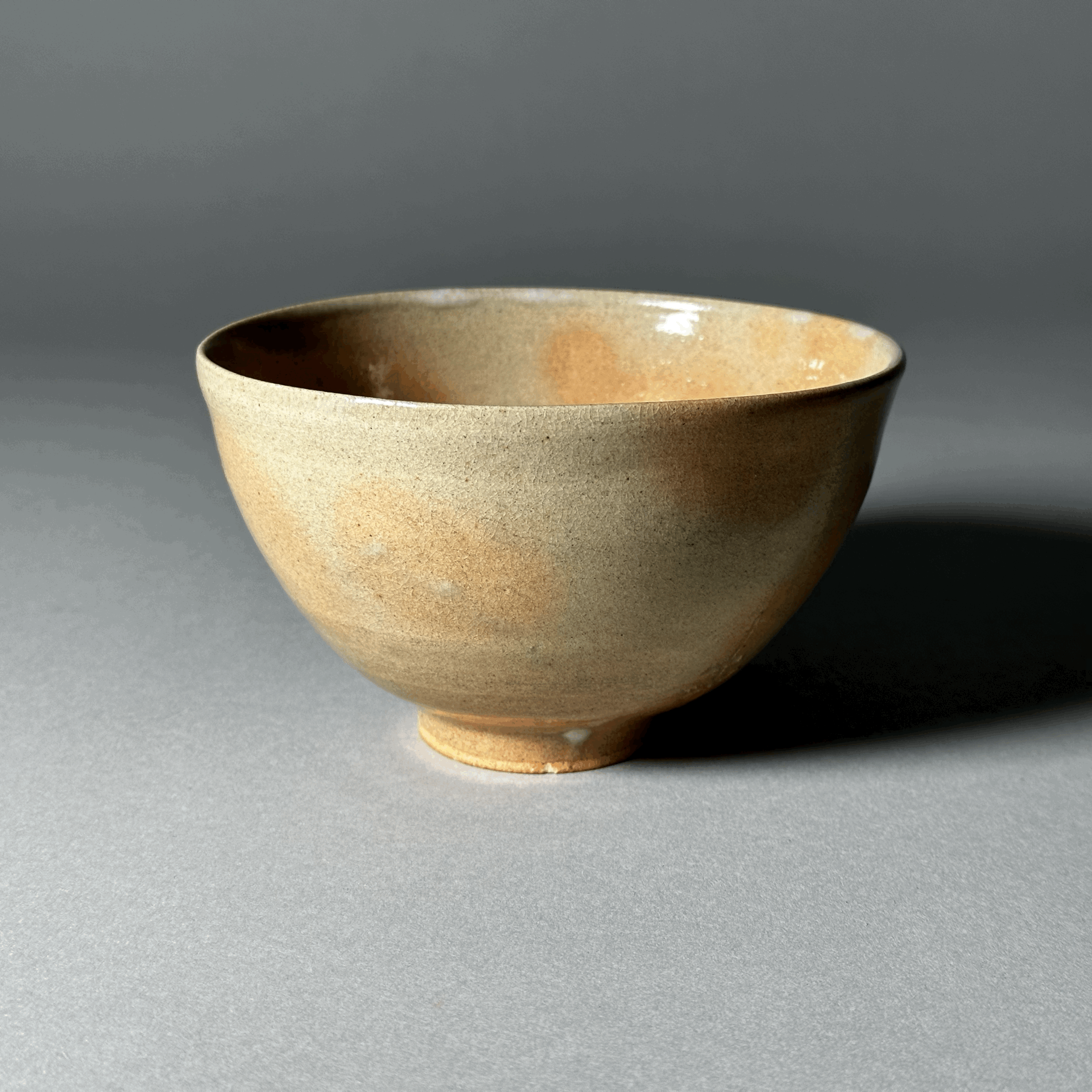 Image 1 of 8
Image 1 of 8

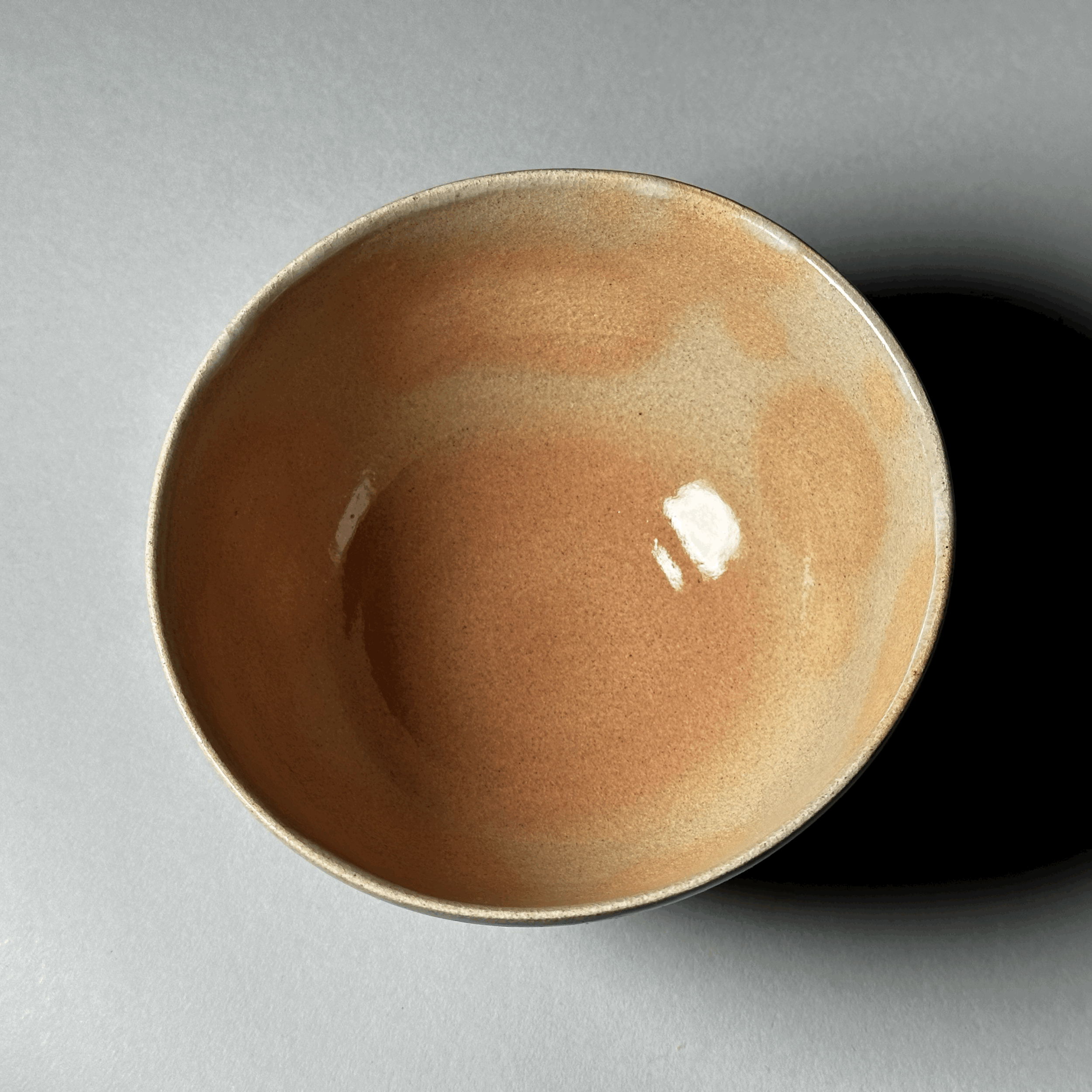 Image 2 of 8
Image 2 of 8

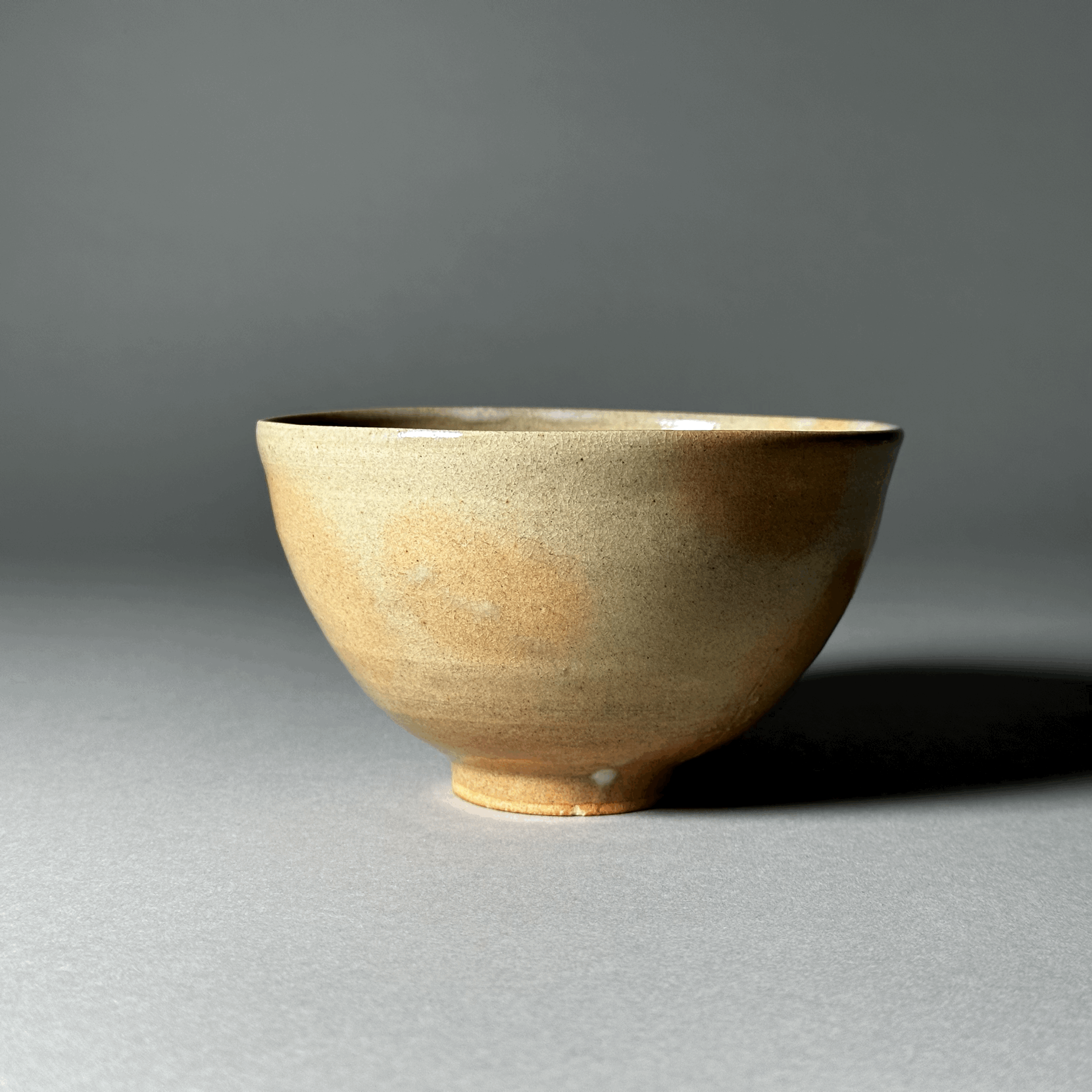 Image 3 of 8
Image 3 of 8

 Image 4 of 8
Image 4 of 8

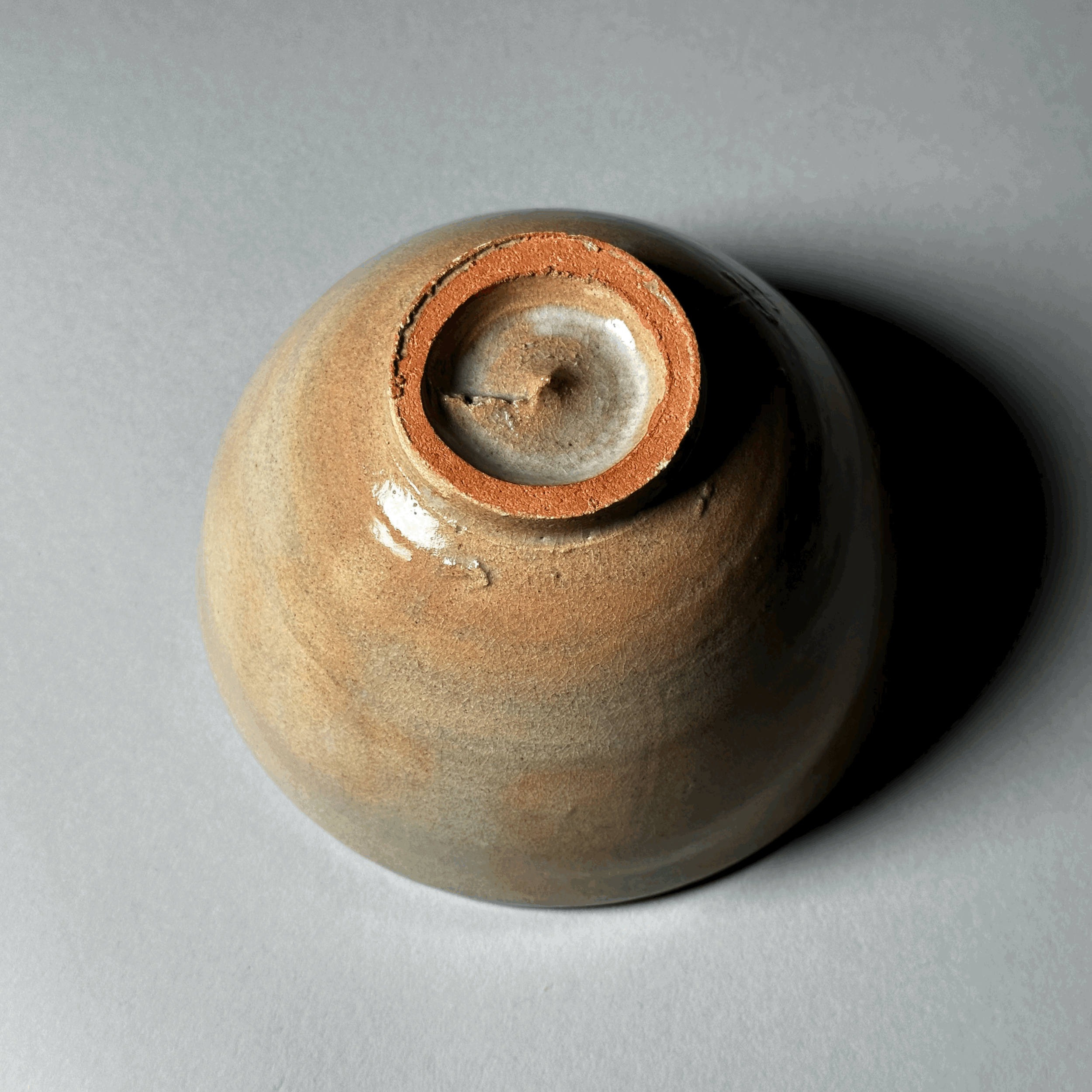 Image 5 of 8
Image 5 of 8

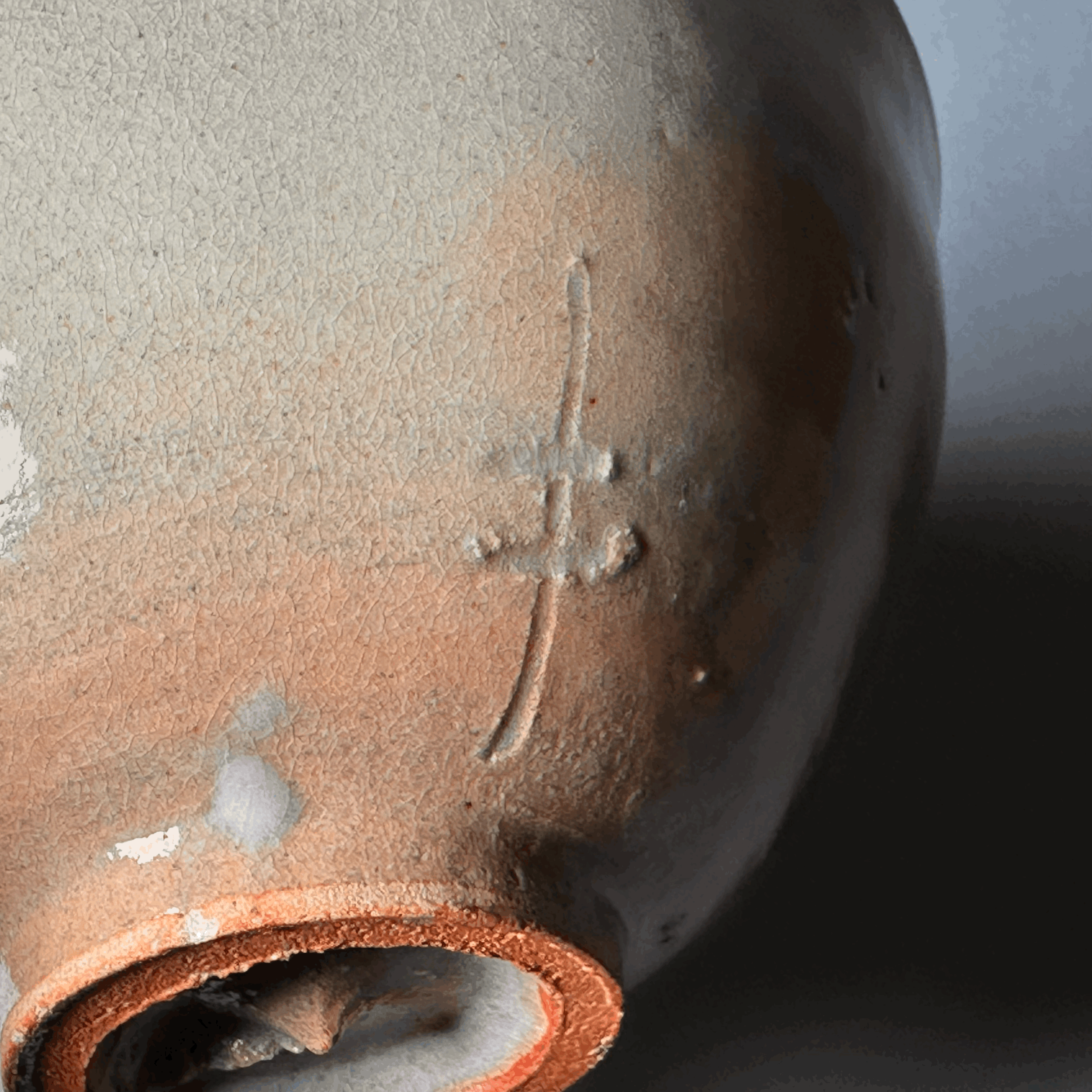 Image 6 of 8
Image 6 of 8

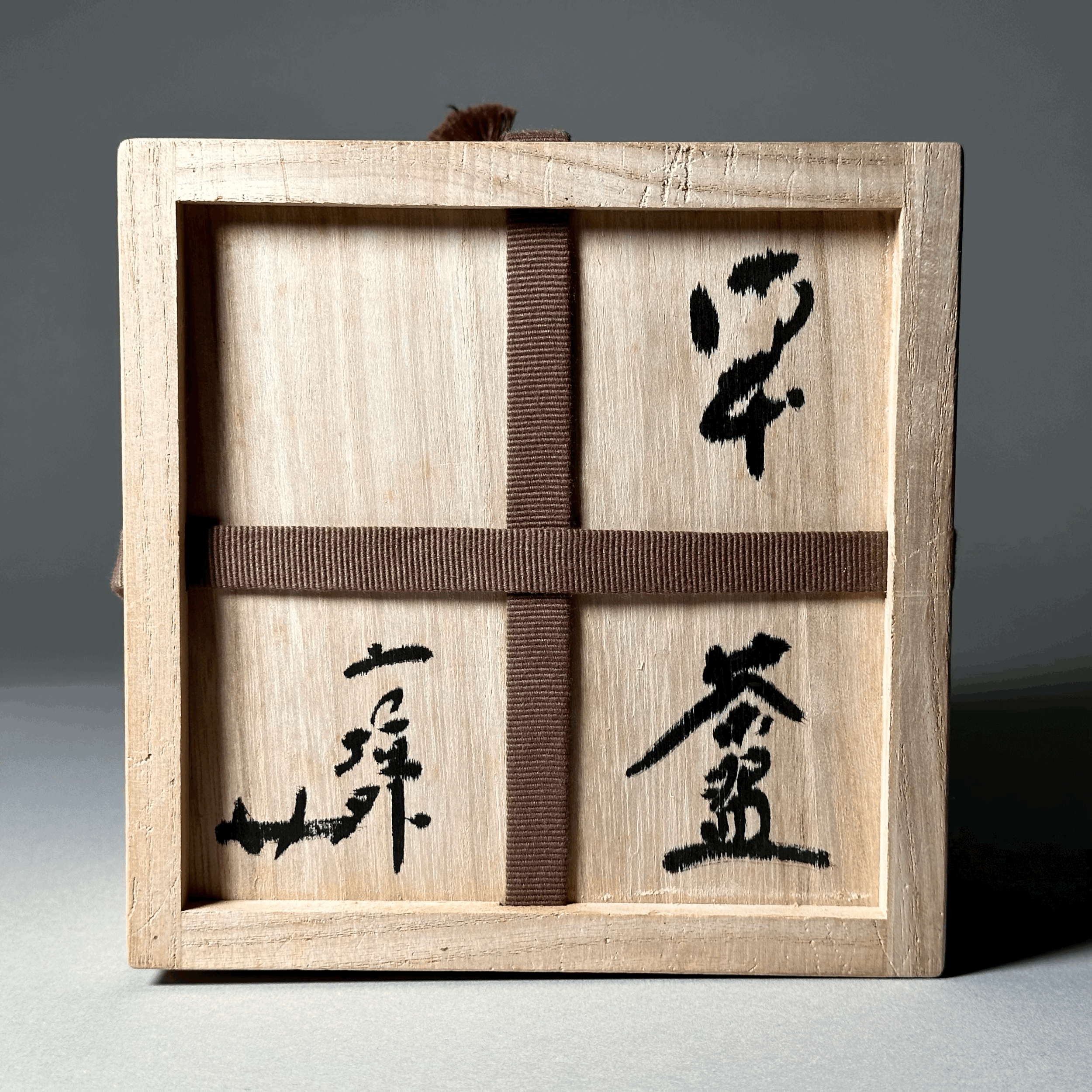 Image 7 of 8
Image 7 of 8

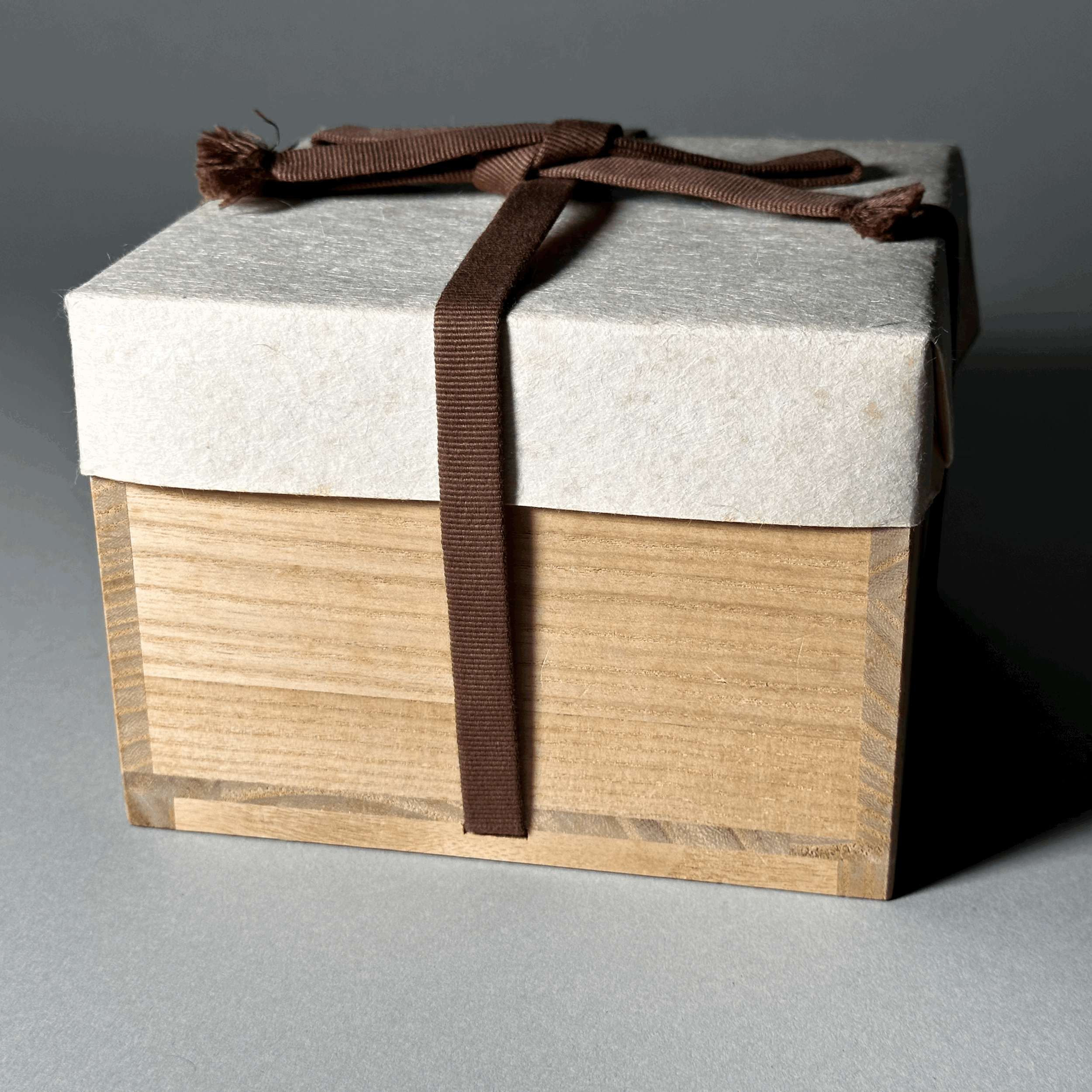 Image 8 of 8
Image 8 of 8









Gohon chawan by Sugimoto Sadamitsu (1935-)
Shigaraki, Japan
Showa (1926-1989) or Heisei (1989-2019) period, c. 1990
Of rounded form in Shigaraki stoneware clay, covered in a beautiful gohon-type glaze with natural apricot-coloured glaze clouds against a buff coloured ground, incised signature to the side. 7.7cm high, 13.5cm diameter. Together with its tomobako and his signature brown linen wrapping cloth.
Cat. 759
Sugimoto Sadamitsu
Sugimoto (杉本貞光) is one of Japan’s most respected contemporary potters, celebrated for bringing the quiet intensity of Zen Buddhism into the heart of modern ceramic expression. In his own words, he was an ordinary potter until his master Tachibana Daikiro (of Daitokuji Temple in Kyoto) instructed him ‘return to Momoyama’. Trained in traditional techniques of Shigaraki and Iga yet deeply influenced by his practice of Zen and with the instruction of his teacher in mind, Sugimoto approached clay as a vehicle for spiritual clarity, emphasizing simplicity, and the beauty of natural imperfection. His tea wares, particularly his chawan and mizusashi, are admired for their presence, embodying the wabi aesthetic, the elegance of the Momoyama period but with a modern freshness and vitality. While the main body of his work is in Shigaraki and Iga style, during the 1990s and early 2000s he also produced a body of work influenced by classical 16th century Korean tea bowls, of which this tea bowl is a fine example.
Shigaraki, Japan
Showa (1926-1989) or Heisei (1989-2019) period, c. 1990
Of rounded form in Shigaraki stoneware clay, covered in a beautiful gohon-type glaze with natural apricot-coloured glaze clouds against a buff coloured ground, incised signature to the side. 7.7cm high, 13.5cm diameter. Together with its tomobako and his signature brown linen wrapping cloth.
Cat. 759
Sugimoto Sadamitsu
Sugimoto (杉本貞光) is one of Japan’s most respected contemporary potters, celebrated for bringing the quiet intensity of Zen Buddhism into the heart of modern ceramic expression. In his own words, he was an ordinary potter until his master Tachibana Daikiro (of Daitokuji Temple in Kyoto) instructed him ‘return to Momoyama’. Trained in traditional techniques of Shigaraki and Iga yet deeply influenced by his practice of Zen and with the instruction of his teacher in mind, Sugimoto approached clay as a vehicle for spiritual clarity, emphasizing simplicity, and the beauty of natural imperfection. His tea wares, particularly his chawan and mizusashi, are admired for their presence, embodying the wabi aesthetic, the elegance of the Momoyama period but with a modern freshness and vitality. While the main body of his work is in Shigaraki and Iga style, during the 1990s and early 2000s he also produced a body of work influenced by classical 16th century Korean tea bowls, of which this tea bowl is a fine example.
